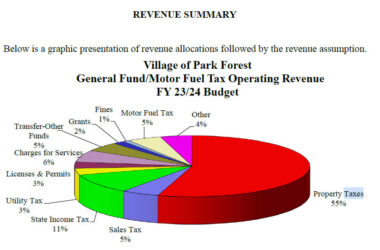San Francisico, CA (PRWEB) June 9, 2008 — The recent California Supreme Court ruling on same-sex marriage will undoubtedly impact the face of workplace discrimination litigation. Factor in New York’s decision to recognize same-sex marriages performed in other jurisdictions, and you have a national trend on your hands. Are employers ready?
While it’s unlikely many employees stand around the water cooler talking about the latest legal developments — unless they work for a law firm — employees do take an interest when the developments are as big (and as personal) as this one.
"Same-sex marriage tends to be a very polarizing issue because people’s views are so often colored by religious beliefs and strong personal convictions," said workplace compliance expert Shanti Atkins, President & CEO of ELT. "And because it’s such a heated subject, it’s very difficult (if nearly impossible) to have a civilized discussion on the topic, which can lead to some very uncomfortable and offensive situations in the workplace."
At the end of the day, these kinds of employee discussions frequently end up as harassment complaints and lawsuits – especially if a supervisor makes offensive statements.
"Don’t assume that employees know what’s off limits. In fact, employers will often find themselves contending with the misguided convictions of employees who believe that the First Amendment allows them to say anything at work, or that religious discrimination laws protect any kind of activity that’s tied to deeply held moral beliefs. Some recent cases highlight really outlandish behavior – like posting anti-gay messages on cubicle walls, and holding prayer sessions at work to ‘save a co-worker’s soul’," Atkins said.
In order to combat these issues, employers need to take a strong and clear position about the appropriateness of this kind of behavior at work. There’s a delicate balance to strike between allowing reasonable employee conversations, but also preventing harassment and discrimination.
Policies are important – but employees don’t read policies, and they rarely impact behavior. Only well executed harassment training programs will get people’s attention, and send the message home.
Atkins urges employers to review their harassment training (http://www.elt-inc.com/solutions/workplace_harassment2/workplace_harassment2.html) programs, and to ensure they’ve been updated to include:
* Sexual orientation and gender identity as "protected categories."
* Scenarios, examples and Q&A that address not just the prohibition against sexual orientation and gender identity discrimination, but also the issues associated with same-sex marriage.
* The rules protecting employee privacy, including how questions about an employee’s sexual preferences and lifestyle choices are inappropriate.
* The organization’s commitment to an environment that is inclusive, and diverse.
According to Atkins, "Employers must walk a precarious knife’s edge between sexual orientation harassment on the one hand, and religious discrimination laws on the other. The trend of growing legal protections for same-sex couples is only going in one direction – one that aligns with the realities of this country’s demographics. Employers need to embrace significant change."
Featured in the New York Times and Fortune Small Business Magazine as a premier online training provider, ELT’s programs are used by 3 million learners in 1,000 leading organizations nationwide. Demos at www.elt-inc.com.








